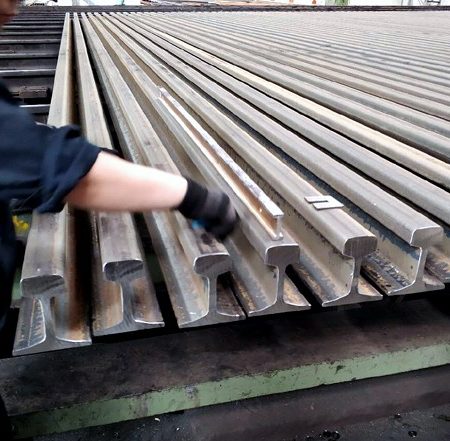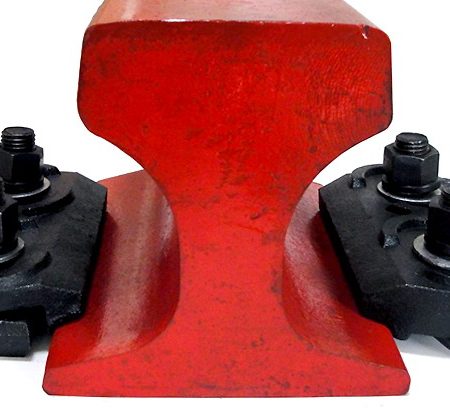América del Sur es un continente de gran belleza natural y diversidad, con vastas llanuras, Montañas imponentes, y densas selvas tropicales. Y a pesar de los desafíos planteados por su terreno accidentado, La región tiene una creciente red ferroviaria que conecta sus numerosas ciudades y pueblos..
El ferrocarril ferroviario en América del Sur es un salvavidas importante para muchas personas, especialmente en países como Bolivia y Perú, donde la Cordillera de los Andes hace extremadamente difícil la construcción de carreteras y caminos. These countries rely heavily on railways to transport goods and passengers across their rugged terrain.
But the railway network is not limited to these two countries, as many other nations in South America also boast impressive railway systems. Argentina, for example, has one of the most extensive railway networks in the region, with over 34,000 km of lines and more than 500 stations.
The railway system in Chile is another notable example, with a network that stretches over 3700 km connecting Santiago to other major cities in the country. Similarly, Brazil has an extensive railway system that spans over 28,000 km, with lines connecting all major cities and many smaller towns.
While the railway system is a vital transportation link for many people in South America, it is not without its challenges. One of the most significant issues facing the railway rail in South America is the lack of investment in infrastructure in many countries.
This has resulted in railways that are outdated and poorly maintained, with trains that are often slow and unreliable. Many of the tracks and rolling stock in use in the region are also aging and in dire need of replacement.
In addition to infrastructure challenges, the railway sector in South America also faces competition from other modes of transportation such as road and air transport systems. This has resulted in declining passenger numbers and cargo volumes in recent years.
Sin embargo, despite these challenges, the railway industry in South America is slowly improving, with investments being made in new infrastructure such as high-speed rail lines and modern rolling stock. Governments in many countries are also working to improve regulatory frameworks and reduce bureaucracy to encourage private sector investment in the industry.
There are also opportunities to increase the use of railway transport in the region, especially as many South American countries look to reduce their carbon footprint and promote more sustainable modes of transportation.
En conclusión, the railway rail in South America is an important and growing transportation link for many people in the region, with vast networks connecting major cities and even smaller towns. Sin embargo, the industry faces significant challenges in terms of outdated infrastructure, poor maintenance, and competition from other modes of transportation.
A pesar de estos desafíos, there is room for optimism as governments and the private sector work together to improve regulatory frameworks, increase investment in infrastructure, and promote sustainable transportation solutions. Como tal, the railway sector in South America is poised to play a critical role in the region’s economic and social development for many years to come.
Bienvenido a preguntarnos los rieles de fondo plano estándar internacional como se muestra a continuación:






